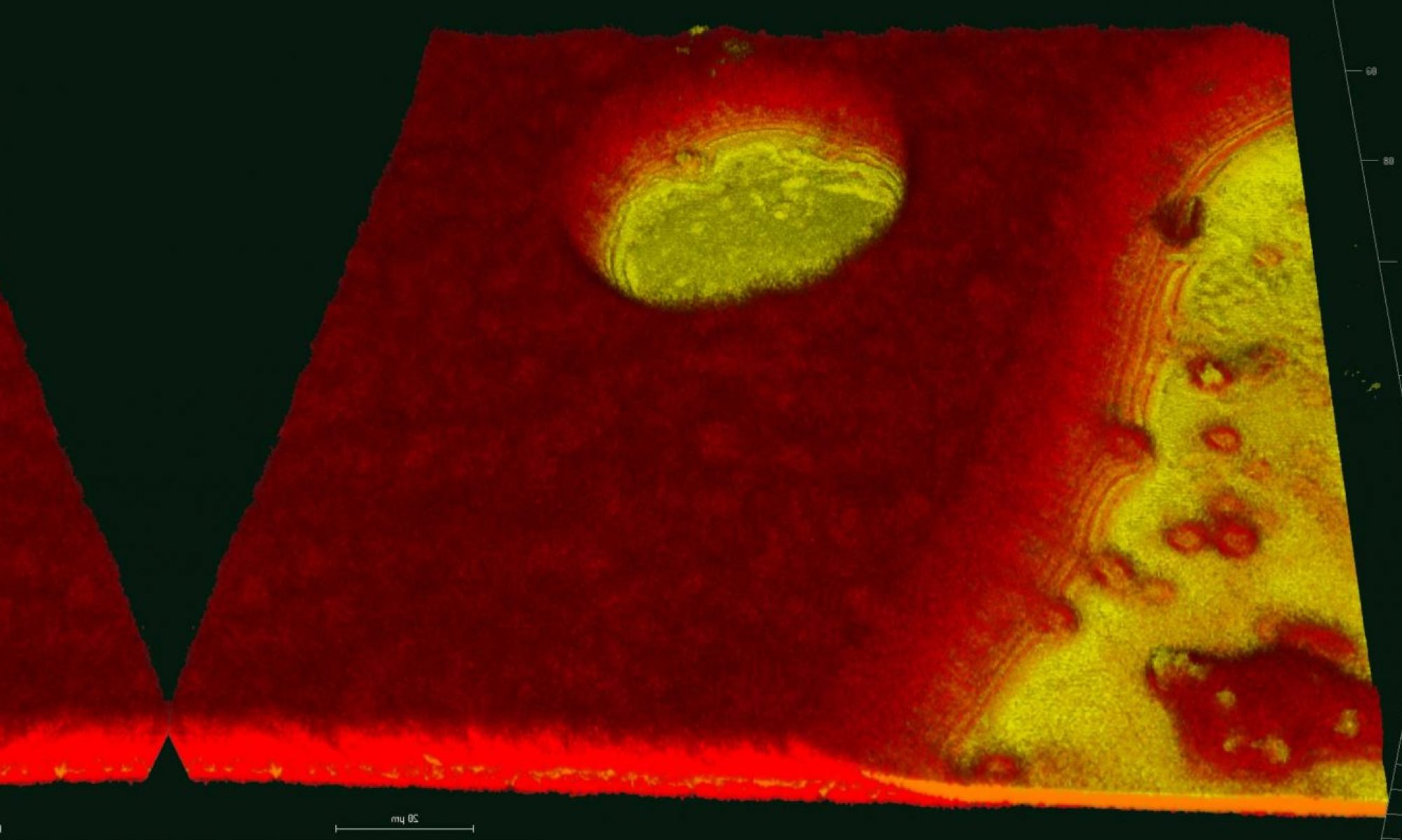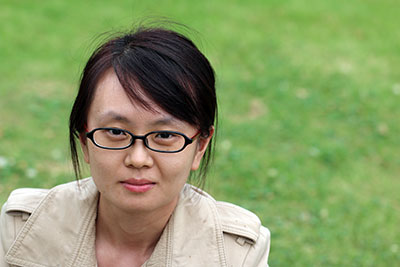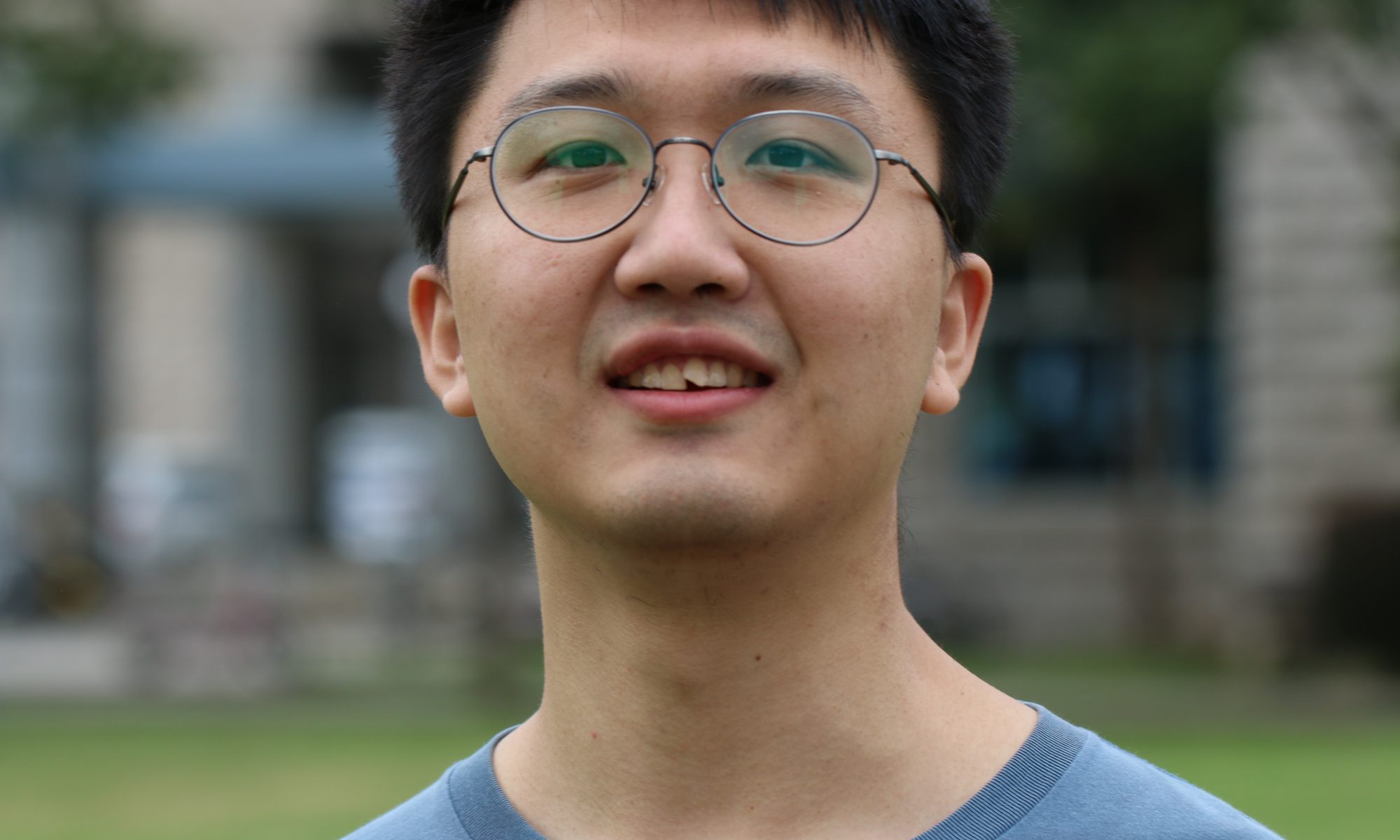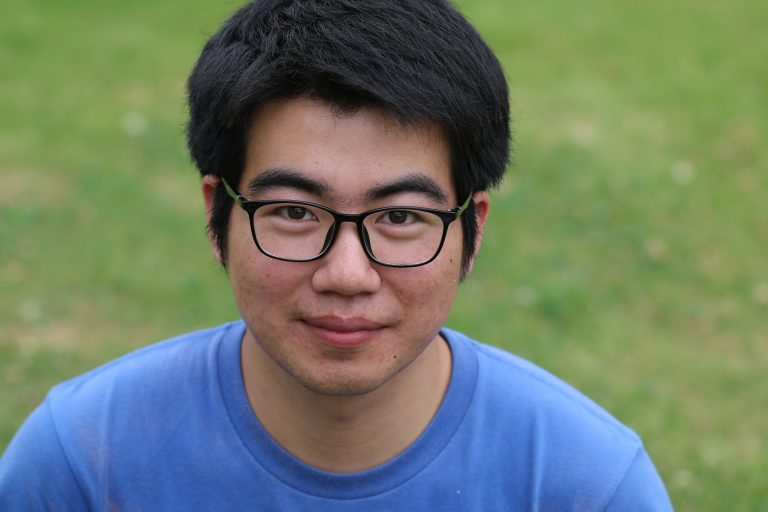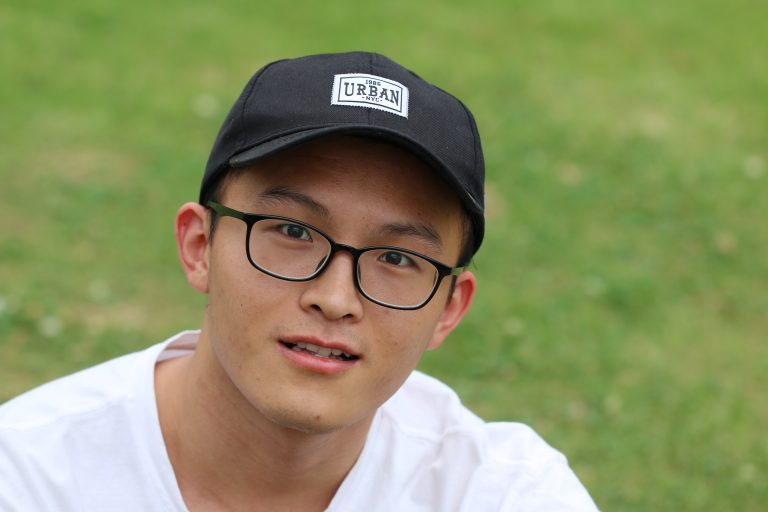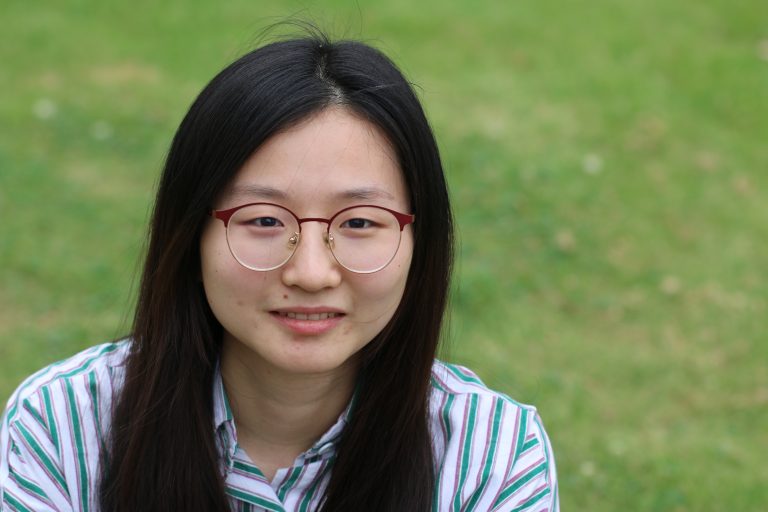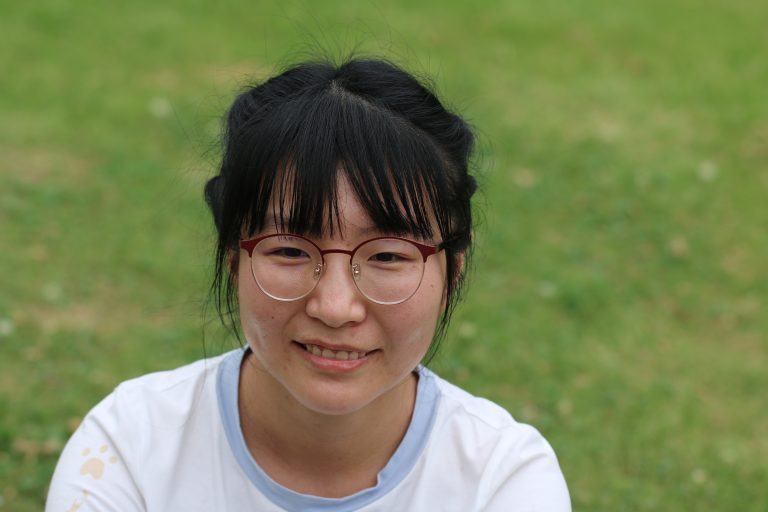Komal Chenthamara
External lab member, maternity leave

Le Liu
Secretary
Office hours:
Monday to Friday 8:30 – 12:00 and 14:00 – 17:30
Phone: +86 (0)25 84396890
Fax: +86 (0)25 84396890
Email: 691279904@qq.com
About me:
I obtained my master’s degree from Nanjing Agricultural University in 2011. My master thesis research was focused on analyzing and identifying the mycorrhizal fungi associated with pine trees. After that, I had a two-years training in the molecular ecology of ectomycorrhizal fungi at the University of Tokyo. During that time, I also served as an instructor for international students in Japan and taught the Chinese language. In Nanjing, I worked as a high school English teacher. After the maternity leave, I joined FungiG in July 2019.
Guan Pang
new group member
Pang G., Sun, T., Yu, Z., Yuan, T., Liu, W., Zhu, H., Gao, Q., Yang, D., Kubicek, C.P., Zhang, J., Shen, Q. (2020) Azaphilones biosynthesis complements the defence mechanism of Trichoderma guizhouense against oxidative stress, https://doi.org/10.1111/1462-2920.15246
Kai Dou
A visiting researcher working on the taxonomy and identification of Trichoderma
Peijie Chen
Hi there, I am Peijie Chen, and I have started my PhD project in September 2020 in Fungal Genomics Group. I have been curious about winemaking since I was a child, and the mechanism behind this is even more fascinating. From genes to proteins (enzymes), simple ATCG permutations and combinations create unlimited possibilities. This also gives us the possibility of manipulating genes to obtain ideal microorganisms. I am now working on genetic engineering of Aureobasidium spp. and Trichoderma spp. for better CAZyme production so that we can achieve high utilization of massive plant biomass and better renewable resources production.
Here are my recent publications:
Jiang, G., Chen, P., Bao, Y., Wang, X., Yang, T., Mei, X., Banerjee, S., Wei, Z., Xu, Y., Shen, Q. 2021. Isolation of a novel psychrotrophic fungus for efficient low-temperature composting. Bioresource Technology. 331: 0960-8524.
Chen, P, Pang, G, Cai, F, Druzhinina, I. S. 2021. Strain Improvement and Genetic Engineering of Trichoderma for Industrial Applications. Zaragoza O., and Casadevall A., eds. Encyclopedia of Mycology, Elsevier pp 505-517.
Cai, F., Zhao, Z., Gao, R., Chen, P., Ding, M., Jiang, S, Fu, Z., Xu, P., Chenthamara, K., Akcapinar, G. B., Shen, Q., Druzhinina, I. S. 2021. The pleiotropic functions of intracellular hydrophobins in aerial hyphae and fungal spores. Plos Genetics. 17.11 (2021): e1009924.
Zhao, Z., Cai, F., Gao, R., Ding, M., Jiang, S., Chen, P., Pang, G., Chenthamara, K., Shen, Q., Akcapinar, G. B., Druzhinina, I. S. 2021. At least three families of hyphosphere small secreted cysteine-rich proteins can optimize surface properties to a moderately hydrophilic state suitable for fungal attachment. Environmental Microbiology. 1462-2920.
Zheng Zhao
My name is Zhao Zheng. I am a Ph.D. student in FungiG. My primary research is focused on the production and application of fungal surface-active proteins hydrophobins (HFBs) and cerato-platanins (CPs). These are amphiphilic small secreted cysteine-rich proteins that are only found in filamentous fungi, including Trichoderma, Aspergillus, and some other common molds. HFBs have shown numerous remarkable functions, such as contributing to spore surfaces’ hydrophobicity and their subsequent dispersal, fungal stress resistance. To humankind, HFBs can also be made into antifoaming agents and used as drug carriers for targeted medicine. Gene mutation can change protein characters and even biological function. Therefore, besides the research work on the production of HFBs and such other proteins by eukaryotic cell factories (yeast and filamentous fungi), my other research interest is protein engineering, which allows me to explore the possibility of artificial design in improving one designated protein function.
Besides doing research, I like street dance. I especially enjoy Popping. My goal is to be the one who can dance the most in the scientific circles and do the best in the street dance.
My recent publication:
Zhao, Z., Cai, F., Gao, R., Ding, M., Jiang, S., Chen, P.J, Chenthamara, K., Shen, Q., Bayram Akcapinar, G., Druzhinina, I.S. Hyphosphere SSCPs optimize surface properties to a moderately hydrophilic state suitable for fungal attachment, in preparation
Cai, F., Gao, R., Zhao, Z., Ding, M., Jiang, S., Yagtu, C., Zhu, H., Zhang, J., Ebner, T., Mayrhofer-Reinhartshuber, M., Kainz, P., Chenthamara, K., Bayram-Akcapinar, G., Shen, Q., and Druzhinina, I. S. 2020 Evolutionary compromises in fungal fitness: hydrophobins hinder the adverse dispersal of spores and challenge their survival, The ISME J 14, 2610–2624 (2020). https://doi.org/10.1038/s41396-020-0709-0
Ding, M., Chen, W., Gao, R., Jiang, S., Zhao, Z., Cai, F., and Druzhinina, I. S. Emerging salt marshes as a source of Trichoderma arenerea sp. nov. and other fungal bioeffectors for biosaline agriculture, Journal of Applied Microbiology, doi: 10.1111/jam.14751.
Gao, R., Ding, M., Jiang, S., Zhao, Z., Chenthamara, K., Shen, Q. Cai, F., Druzhinina I.S. 2020. The evolutionary and functional paradox of cerato-platanins in the mycoparasitic fungi Applied and Environmental Microbiology 86:e00696-20
Siqi Jiang
Siqi Jiang, a FungiG Ph.D. student researching the green mold disease in mushroom farms caused by Trichoderma. We have recently found a new Trichoderma species that is associated with one of the very common edible mushrooms. As it was my first sampling trip for Trichoderma diversity, I find this discovery fascinating and exciting. I want to explore the fungal ability to degrade petroleum-based synthetic polymers (plastic) in my other research direction. In my opinion, fungi are magical. They have very different morphology and life history compared to other organisms that I studied before. They can help humans and can also be dangerous. Today’s plastic pollution is worrying. Some fungi can deal with plastic. I hope to use enzymes produced by fungi to degrade plastics effectively and alleviate “white pollution”. I think we also do not understand the interactions within fungal communities. For example, the fungal wars between the mycoparasitic Trichoderma and such hosts as mushrooms and plant-pathogenic fungi have remarkable differences even though the basic scenario is the same: the hosts try to defend against Trichoderma invasion while Trichoderma breaks through. My goal is to figure out the molecular mechanisms of these interactions.
My recent publications:
Jiang S, Yu Y, Gao R, Wang H, Zhang J, Li R, Long X, Shen Q, Chen W, & Cai F. 2019. High-throughput absolute quantification sequencing reveals the effect of different fertilizer applications on bacterial communities in a tomato cultivated coastal saline soil. The Science of the total environment, 687, 601–609.
Cai F, Zhao Z, Gao R, Chen P, Ding M, Jiang S, Fu Z, Xu P, Chenthamara K, Shen Q, Bayram Akcapinar G, Druzhinina IS 2021 The pleiotropic functions of Intracellular hydrophobins in aerial hyphae and fungal spores. PLoS Genetics 17(11): e1009924. https://doi.org/10.1371/journal.pgen.1009924
Daly P, Cai F, Kubicek CP, Jiang S, Grujic M, Rahimi MJ, Sheteiwy MS, Giles R, Riaz A, de Vries RP, Bayram Akcapinar G, Wei L, Druzhinina IS 2021 From lignocellulose to plastics: knowledge transfer on the degradation approaches by fungi. Biotechnology Advances, DOI: 10.1016/j.biotechadv.2021.107770
Zhao Z, Cai F, Gao R, Ding M, Jiang S, Chen P J, Pang G, Chenthamara K, Shen Q, Bayram-Akcapinar G, Druzhinina S I. 2021 At least three families of hyphosphere small secreted cysteine-rich proteins can optimize surface properties to a moderately hydrophilic state suitable for fungal attachment. Environmental Microbiology. doi: 10.1111/1462-2920.15413
Ding MY, Chen W, Ma XC, Lv BW, Jiang SQ, Yu YN, Rahimi MJ, Gao RW, Zhao Z, Cai F, Druzhinina IS 2020 Emerging salt marshes as a source of Trichoderma arenarium sp. nov. and other fungal bio effectors for bio saline agriculture. Journal of Applied Microbiology 130: 179–195. doi:10.1111/jam.14751
Gao R, Ding M, Jiang S, Zhao Z, Chenthamara K, Shen Q, Cai F, Druzhinina IS 2020 The Evolutionary and Functional Paradox of Cerato-platanins in Fungi. Applied and Environmental Microbiology 86 (13):e00696-00620. doi:10.1128/AEM.00696-20
Cai F, Gao R, Zhao Z, Ding M, Jiang S, Yagtu C, Zhu H, Zhang J, Ebner T, Mayrhofer-Reinhartshuber M, Kainz P, Chenthamara K, Akcapinar GB, Shen Q, Druzhinina IS 2020 Evolutionary compromises in fungal fitness: hydrophobins can hinder the adverse dispersal of conidiospores and challenge their survival. The ISME Journal 14 (10):2610-2624. doi:10.1038/s41396-020-0709-0
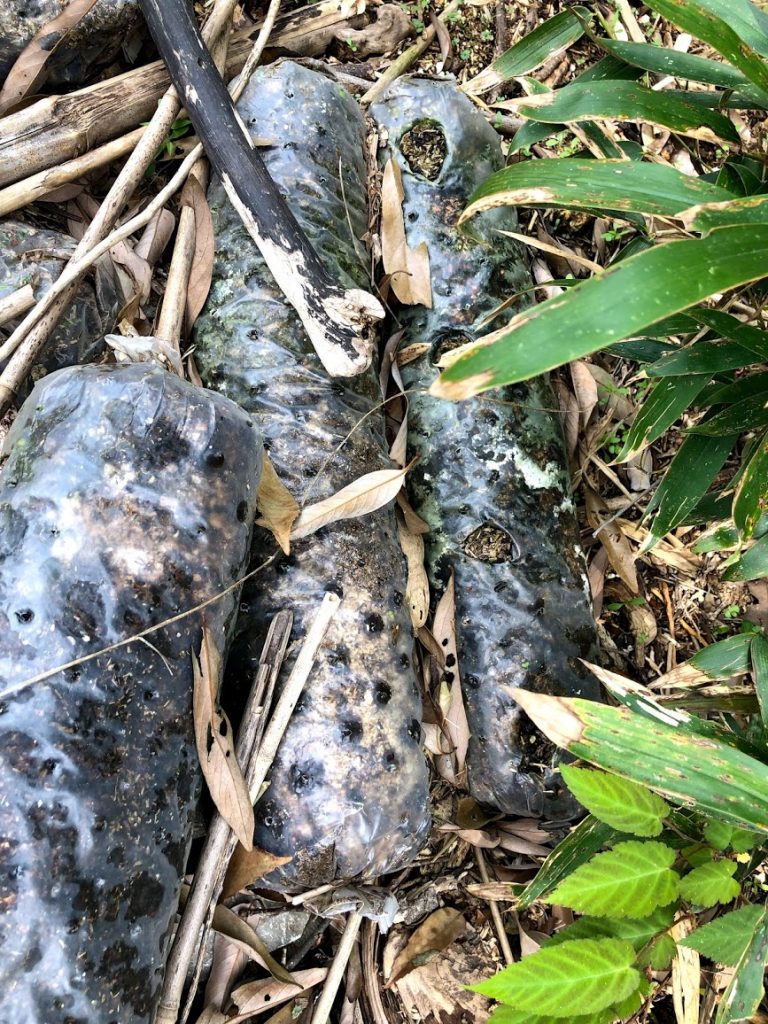
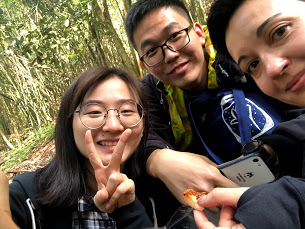


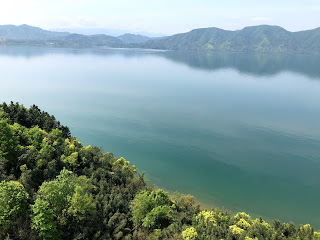
Ming Yue Ding
I’m Mingyue Ding, a PhD student. My fascination in microbiology started from the book of Ed Yong “I Contain Multitudes: The Microbes Within Us and a Grander View of Life”, about the amazing partnerships between microbes and animals. What made me more interested in microorganisms was that I studied many different species of the filamentous fungus Trichoderma during my master research. Only a few mutations in DNA Barcodes corresponded to the huge differences in morphology, nutrition, and fitness. Some Trichoderma spp. even showed the characteristics of environmental opportunistic fungi, which inspired my strong curiosity. I want to continue researching the diversity of fungivorous hypocrealean fungi such as Trichoderma and Escovopsis and reveal at the genomic level why some of themare cosmopolitan, while others are limited in some specific local habitats.
My recent publications:
Ding, M., Chen, W., Gao, R., Jiang, S., Zhao, Z., Cai, F., and Druzhinina, I. S. Emerging salt marshes as a source of Trichoderma arenerea sp. nov. and other fungal bioeffectors for biosaline agriculture, Journal of Applied Microbiology, doi: 10.1111/jam.14751.
Cai, F., Gao, R., Zhao, Z., Ding, M., Jiang, S., Yagtu, C., Zhu, H., Zhang, J., Ebner, T., Mayrhofer-Reinhartshuber, M., Kainz, P., Chenthamara, K., Bayram-Akcapinar, G., Shen, Q., and Druzhinina, I. S. 2020 Evolutionary compromises in fungal fitness: hydrophobins hinder the adverse dispersal of spores and challenge their survival, The ISME J 14, 2610–2624 (2020). https://doi.org/10.1038/s41396-020-0709-0
Gao, R., Ding, M., Jiang, S., Zhao, Z., Chenthamara, K., Shen, Q. Cai, F., Druzhinina I.S. 2020. The evolutionary and functional paradox of cerato-platanins in the mycoparasitic fungi Applied and Environmental Microbiology 86:e00696-20
Irina S. Druzhinina, Ph. D.
Nanjing Agricultural University, College of Resources and Environmental Sciences
Weigang NO. 1, Nanjing, P.R. China, 210095 Tel +86 15 996344211
FungiG Fungal Genomics Group
Website: www.FungiG.org
Email: Irina.druzhinina@njau.edu.cn
ORCID: 0000-0003-2821-5268
Research Gate: https://www.researchgate.net/profile/Irina-Druzhinina
Google Scholar: https://scholar.google.com/citations?user=TRnrszkAAAAJ&hl=ru&oi=ao
Professor (Full), Fungal Genomics Laboratory (FungiG), Leader
Editor, Applied and Environmental Microbiology (AEM), ASM
Associate Editor, Mycoasia
Editorial Board Member, Fungal Biology and Biotechnology, BMC
Editorial Board Member, Journal of Fungi (JoF), MDPI
Guest SI Editor, Science of the Total Environment
Head of the TU Wien Collection of Industrial Microorganisms, Vienna, Austria
Head of the International Committee of Trichoderma Taxonomy www.trichoderma.info (ICTT)
Coordinator and co-PI of the Trichoderma whole genus genomics project, JGI DOE, Berkeley, USA
